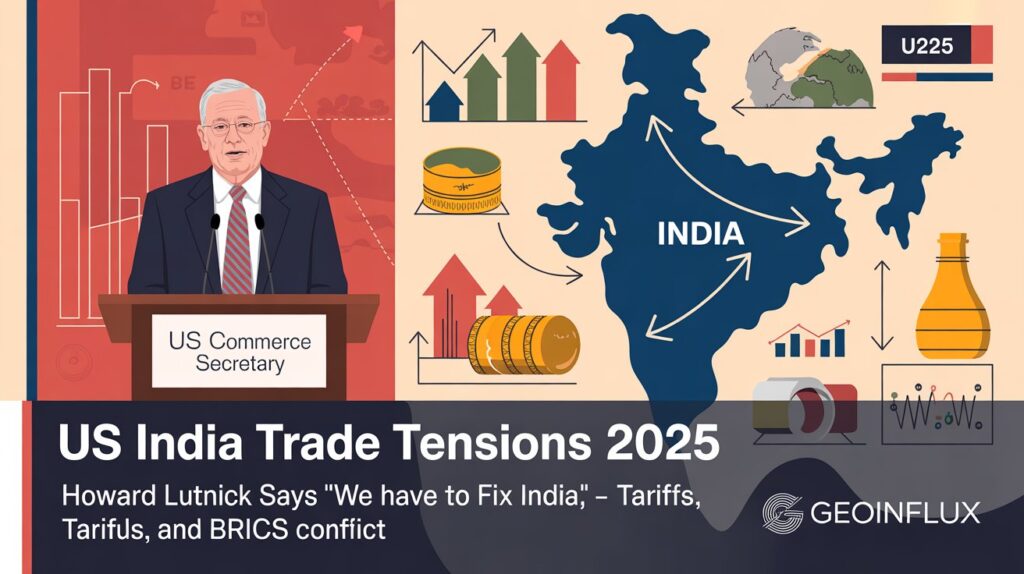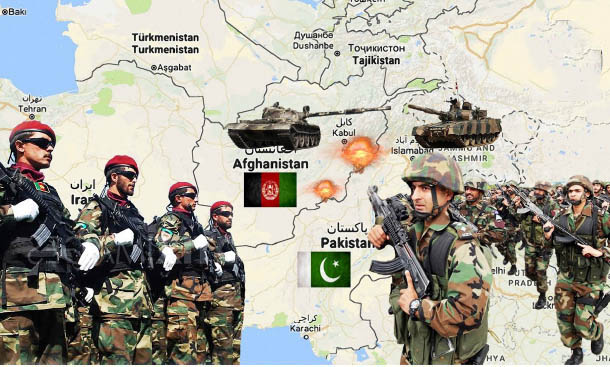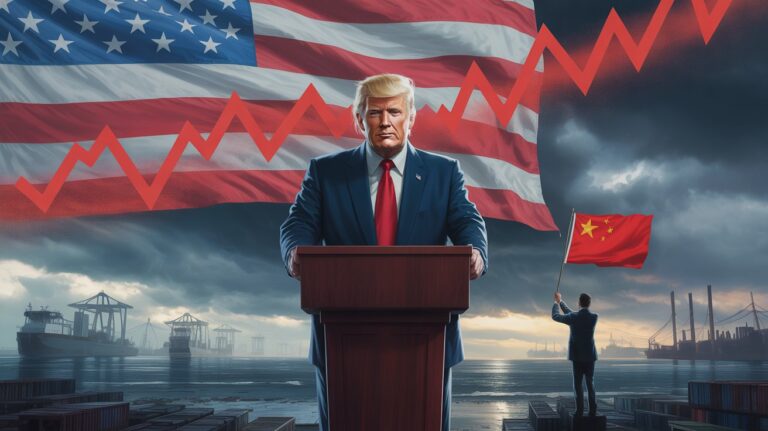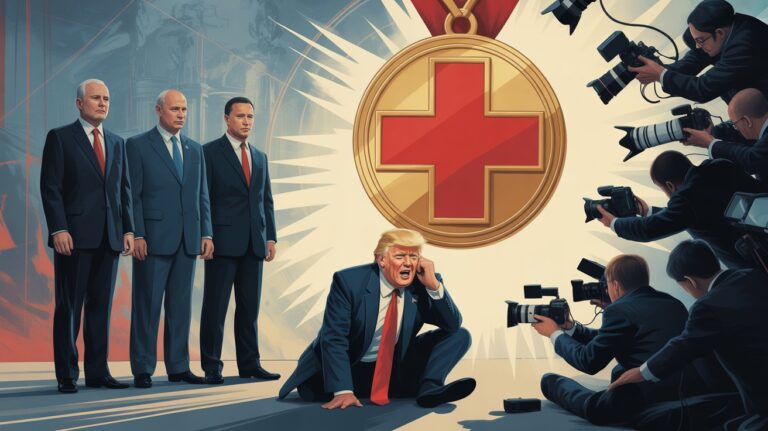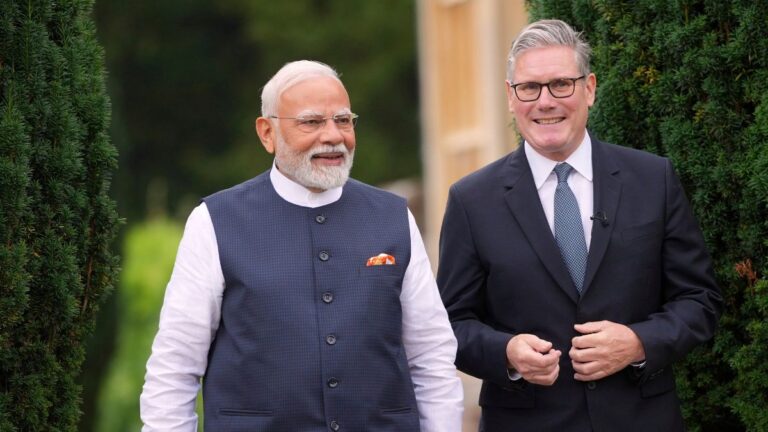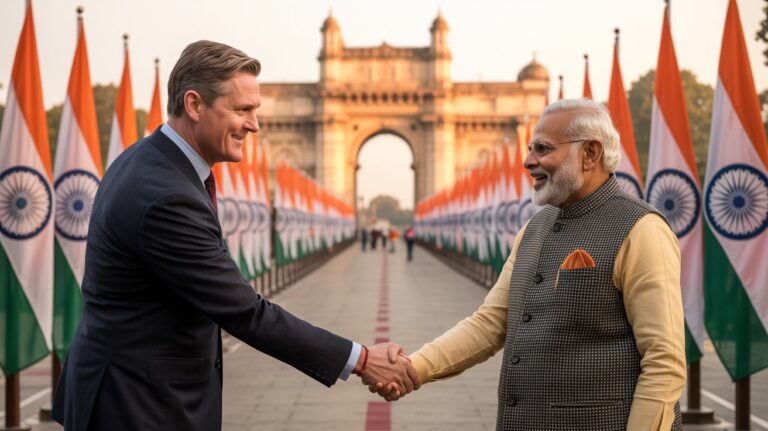“US India Trade Tensions 2025 escalate as Howard Lutnick issues a controversial ‘Fix India’ warning. Explore tariffs, trade disputes, Russian oil, BRICS implications, and GeoInflux insight into the diplomatic and economic fallout shaping bilateral relations.”
What Sparked the US India Trade Tensions 2025?
In 2025, US India Trade Tensions 2025 escalated sharply after US Commerce Secretary Howard Lutnick stated the United States “has to fix India.”
Also Read: Latest News Analysis on
This statement emerged amid rising tariffs, stalled trade negotiations, and disagreements over energy imports and global alliances. Indian officials, trade analysts, and market participants reacted immediately, highlighting the growing tension between the two nations.
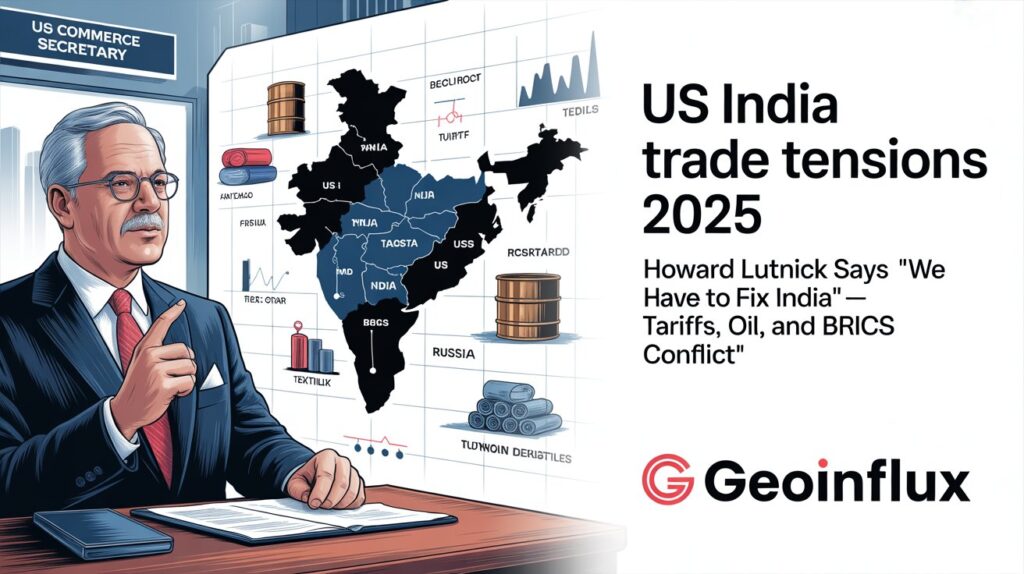
The conflict is both economic and strategic. India continues to assert strategic autonomy, maintain ties with Russia, and participate actively in BRICS, contrasting with the US expectation of alignment under the Trump administration’s global trade approach.
Analysts note that this tension marks a critical flashpoint in US-India relations, influencing not just bilateral trade but also regional and global supply chains.
What Did Howard Lutnick Say About India and Why Is It Controversial?
Howard Lutnick criticized India on three main fronts: high tariffs on agriculture, pharmaceuticals, and digital goods; restricted market access for US companies; and strategic choices, such as Russian oil imports and BRICS participation.
“India must open up its markets, stop harming America, and play ball with us,” Lutnick said, emphasizing urgency in aligning India with US trade and geopolitical expectations.
The comment triggered strong reactions in India. Public discourse framed the statement as an attack on India’s sovereignty. Analysts described it as “negotiation by intimidation,” raising concerns about potential long-term diplomatic friction.
Lutnick’s statement also drew attention to the broader US-India trade dispute, including digital taxation, data localisation, and the pace of bilateral negotiations.
How Did India React to Lutnick’s Statement?
The Indian government responded firmly. Commerce Minister Piyush Goyal stressed that India would not compromise on its domestic priorities, particularly in agriculture, digital taxation, and energy security.
Social media amplified nationalist sentiment with trending hashtags like #IndiaNotForSale and #TradeSovereignty.
Trade analysts noted that while Indian equity markets stabilised, exporters in textiles, pharmaceuticals, and IT services anticipated the economic impact of US tariffs on India.
Industry bodies called for continued engagement with the US while defending India’s policy autonomy. The reaction underscores India’s commitment to strategic decision-making despite external pressure.
Why Is the US-India Trade Deal Stalled in 2025?
Negotiations remain stalled due to several critical issues:
- Agriculture tariffs – India maintains protections for farmers, while the US seeks reduced duties.
- Digital services tax – India’s levy on global tech firms is viewed by Washington as discriminatory.
- Data localisation rules – Mandating local storage of user data raises US concerns about access and compliance.
- Energy imports – India’s continued Russian oil purchases conflict with US policy priorities.
Despite past discussions, compromise has been limited. Analysts compare the situation with US-Canada negotiations, highlighting that India’s steadfast approach has intensified US India Trade Tensions 2025, reflecting both economic and strategic considerations.
What Tariffs and Economic Fallout Are Emerging?
The Trump administration has implemented punitive measures affecting multiple sectors:
- 50% tariffs on select Indian exports, including textiles, pharmaceuticals, and auto components.
- 25% penalties on transactions tied to Russian oil.
- Additional scrutiny on Indian IT service providers in the US.
Economic Data Snapshot
| Metric | 2024 | Projected 2025 | Impacted Sectors |
|---|---|---|---|
| US-India Trade Volume | $195B | -12–15% | Textiles, IT, Pharma, Auto Parts |
| Export Growth | 8% | 3–4% | IT services, pharmaceuticals |
| Import Costs | N/A | +5–10% | US consumers face higher costs |
The tariffs slow Indian export growth, raise costs for US importers, and introduce uncertainty for SMEs. Analysts warn that prolonged US-India economic impact could ripple across global supply chains, affecting both countries’ competitiveness in key markets.
Why Are Russian Oil and BRICS Membership a Flashpoint?
US officials argue that India should reduce its reliance on Russian oil and scale back BRICS participation. They see these moves as crucial to curbing Russia’s economic influence.
India counters that Russian oil is essential for energy affordability and stability. BRICS provides India a platform for multipolar diplomacy and global influence.
Analysts note that US demands for decoupling India from Russia and BRICS are as much geopolitical as they are economic, framing the current tensions as a strategic test of India’s autonomy.
Are Global Alliances Shifting Because of These Tensions?
The trade dispute coincides with a broader geopolitical drift. The Trump administration has renewed outreach to Pakistan, signalling indirect pressure on India.
In response, India strengthens energy and defence partnerships with Russia, Iran, and Middle Eastern suppliers. China positions itself as an alternative partner, creating complex dynamics in Indo-US negotiations.
Analysts highlight that continued tension could push India closer to BRICS+ partners, reducing US leverage in Asia. This scenario affects not only trade but also strategic regional alignments, including energy security, defence cooperation, and multilateral diplomacy.
What’s Next for US-India Relations?
Experts envision three primary scenarios:
- Short-term escalation – Tariffs on IT services, pharmaceuticals, and manufactured goods may increase.
- Medium-term compromise – Select concessions could emerge on digital services, data localization, or minor tariff adjustments.
- Long-term divergence – India prioritises strategic autonomy, BRICS engagement, and energy partnerships, reducing alignment with US priorities.
Diplomatic options include quiet bilateral talks, sector-specific trade agreements, or leveraging G20 and WTO frameworks to mitigate tensions. Some analysts predict that both countries may adopt “calibrated escalation,” combining economic pressure with targeted engagement.
Recap Table: US India Trade Tensions 2025
| Key Issue | US Position | India Response | Outcome |
|---|---|---|---|
| Tariffs | Reduce duties on agriculture & pharma | Protects domestic markets | Trade deal stalled |
| Russian Oil | Cease imports | Continues purchases | Penalty tariffs applied |
| BRICS | Reduce involvement | Expands role | Strategic mistrust grows |
| Digital Tax | Remove levy on US tech firms | Maintains policy | Potential retaliatory measures |
| Trade Deal | Push for rapid agreement | Resists concessions | Impasse continues |
FAQs
1. Why did the US Commerce Secretary say India must be “fixed”?
Howard Lutnick’s statement reflects US frustration with high Indian tariffs, restricted market access, and continued Russian oil imports. By stating the US “has to fix India,” Lutnick intended to pressure India into policy changes. India, however, perceived this as an affront to sovereignty, especially in sectors like agriculture, pharmaceuticals, and IT services. Experts note that the statement intensified US India Trade Tensions 2025, signalling potential long-term friction. Analysts highlight that similar rhetoric in other trade disputes often escalates short-term tensions but rarely forces rapid compliance, suggesting that India may maintain its red lines while engaging selectively on negotiation fronts.
2. How are Trump’s tariffs impacting Indian exports in 2025?
The Trump administration imposed 50% tariffs on key exports such as textiles, pharmaceuticals, and auto components, coupled with 25% penalties on Russian oil-linked transactions. These tariffs are slowing growth in sectors critical to India’s economy. SMEs in IT, pharma, and manufacturing face immediate pressure, with higher production costs and reduced competitiveness in US markets. Retailers and importers in the US are also experiencing cost inflation, affecting supply chains and pricing strategies. Economists predict that sustained tariffs could reduce India’s export volume by 12–15% in 2025, affecting trade balance and slowing investment inflows. Additionally, market sentiment has been cautious, with investors monitoring US India Trade Tensions 2025 closely for potential disruptions.
3. What is the status of the US-India trade deal?
Negotiations remain stalled over agriculture tariffs, digital services tax, and data localization rules. While both sides have expressed willingness to engage, compromise has been limited. India prioritizes domestic protections and strategic autonomy, while the US emphasizes rapid liberalization and alignment with global supply chains. Analysts suggest that a partial agreement could emerge in specific sectors like technology or energy, but a comprehensive trade deal remains unlikely without concessions from both sides. The ongoing impasse illustrates the complex interplay of economic, political, and strategic factors driving US India Trade Tensions 2025.
4. How has India responded to US demands on BRICS and Russian oil?
India has rejected US calls to cut ties with BRICS or halt Russian oil imports. Energy security, affordability, and strategic autonomy are cited as priorities. By maintaining these policies, India demonstrates an independent foreign policy approach, balancing US expectations with regional and global partnerships. Analysts argue that India’s stance strengthens its negotiating leverage, signalling that economic coercion alone will not dictate strategic decisions. The response also reflects India’s long-term goal of participating in multipolar governance structures while protecting domestic economic interests.
5. What does the conflict mean for global trade and Asian markets?
US India Trade Tensions 2025 may drive India closer to BRICS+ partners and Middle Eastern energy suppliers. This could shift regional trade flows, impacting Asian markets, global supply chains, and commodity pricing. US influence in South Asia may decline, while India’s autonomy in trade and energy decisions grows. Analysts warn that prolonged tensions could create volatility in IT, pharmaceuticals, and manufacturing sectors, affecting both investor confidence and bilateral trade. Strategic alliances, including energy and defense cooperation, may evolve as countries adapt to the shifting geopolitical landscape.
Related Articles
- India US Trade War Trump Tariffs Surge to 50% in 2025 – Strategic Fallout & Analysis
- India–Russia Trade in a Sanctioned World: Strategic Energy Deals Redefine Ties
- India and the QUAD: Balancing China Without Burning Bridges
References
- New Indian Express
- Indian Express
- Times of India
- Financial Express
- Economic Times
- India Today
- IAICC
- CNBC TV18


